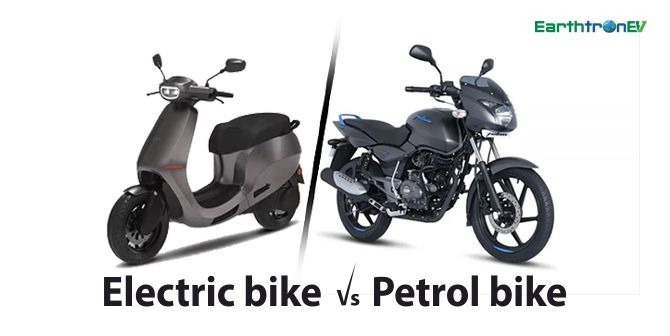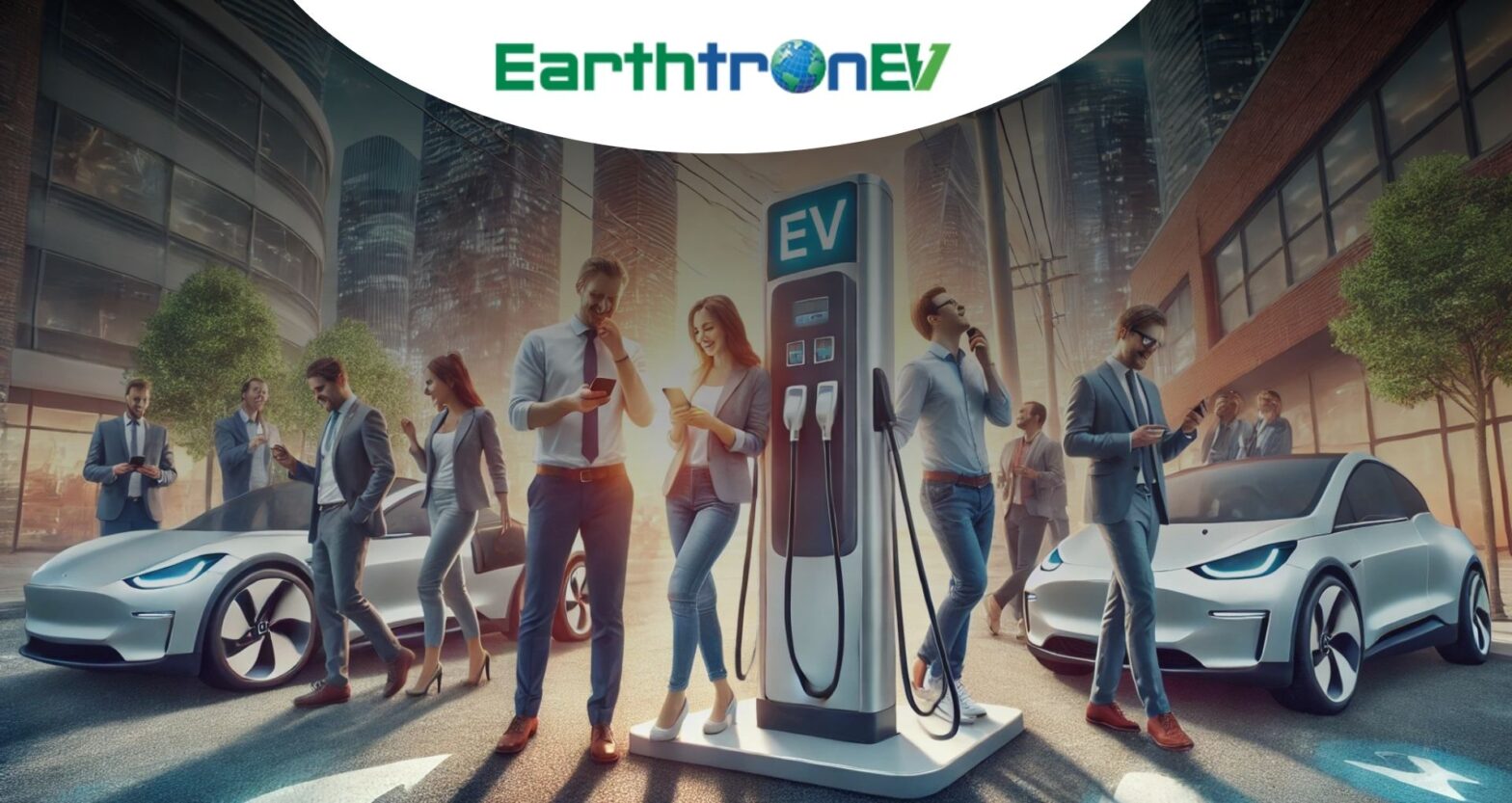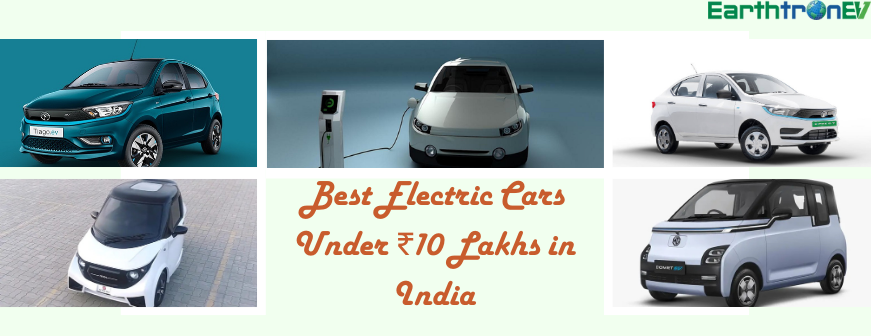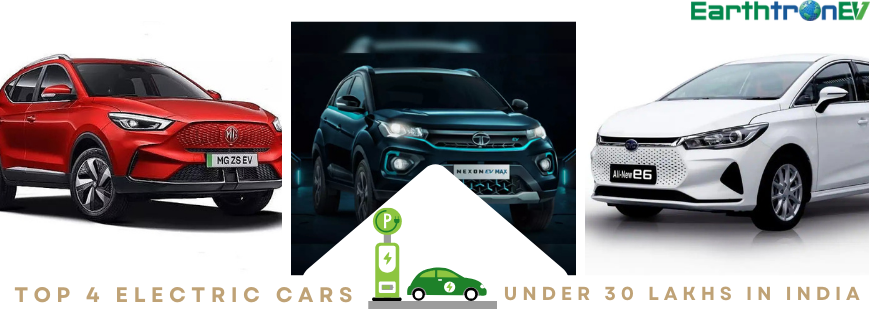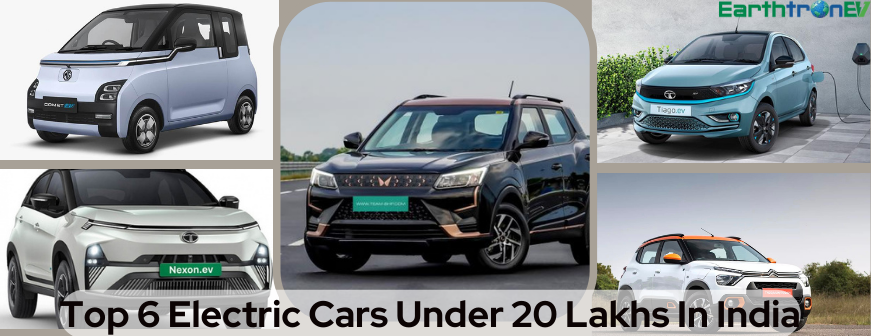The electric vehicle market is in a boom in most countries. Many EV manufacturing companies are launching all-electric bikes that have different features built within them. But due to the race for EVs against petrol bikes, people get confused about which one will be better in terms of mileage or cost. This article will provide a comprehensive guide on what electric and petrol bikes are and how electric bikes are having a competitive advantage over petrol-driven bikes.
What are petrol bikes?
Petrol bikes, also known as gasoline bikes or gas-powered bikes, are two-wheeled motor vehicles. They use internal combustion engines fueled by gasoline (petrol) to generate power and propel the bike forward. These bikes run on petrol & are too costly, especially for countries where the rate of petrol is ever-increasing.
The internal combustion engines of a petrol bike burn gasoline as fuel for producing mechanical power. These engines typically have multiple cylinders & operate on a four-stroke or two-stroke cycle. The engine’s power output determines the bike’s performance and speed capabilities.
What are electric bikes?
Electric bikes, also known as e-bikes, are a variety of electric vehicles. These bikes remain equipped with an integrated electric motor and a rechargeable battery. These bikes run on electricity rather than combustion engines.
They do not produce harmful gases in the environment. Hence, different nations and government organizations are promoting it. Electric bikes have gained popularity as a sustainable and efficient mode of transportation. They are contributing heavily to carbon emissions and environmental pollution.
What are the features of electric bikes?
There are numerous key features and aspects of electric bikes. Some of them are:
- Electric Motor: Electric bikes have fitted electric motor rather than combustion engine. Drivers need to feed electric charges to it. The motor converts electric charge to motion to provide power in riding the bike. The power output and assistance level can vary depending on the e-bike model.
- Battery: Electric bikes have a rechargeable battery pack. The battery provides the energy required to run the electric motor. Drivers can recharge the battery from the EV charging stations by plugging it into a standard electrical outlet. Battery capacity gets measured in watt-hours (Wh). It determines the range & duration of electric assistance.
- Regulation and Safety: Different countries & regions have specific regulations and safety standards regarding electric vehicles and bikes. These standards and regulations often include speed limits, age requirements, power output restrictions, and the use of safety equipment such as helmets and lights.
- Environmental Friendly: Electric bikes are more environmentally friendly than other electric vehicles. They do not emit carbon and other harmful gases compared to petrol-powered or fossil fuel-based bikes. They produce zero tailpipe emissions. Hence they contribute heavily to reducing air pollution and help keep a cleaner environment.
Differences between Electric Bike and Petrol Bike:
| Electric Bike | Petrol Bik |
|---|---|
| Wear and tear in electric bikes is less compared to petrol-based bikes. You do not need to go for regular servicing. | Wear and tear in petrol-based bikes is more compared to electric bikes. The mechanical parts in petrol bikes require frequent fixing as compared to electric bikes. |
| The cost of an electric bike is almost the same as petrol-based bikes. However, fuel and maintenance are cheaper on electric bikes than on petrol bikes. | The fuel (petrol) used by the combustion engine and the maintenance are costlier on electric bikes is more in petrol bikes. Also, the cost of petrol is increasing due to scarcity of fossil fuels. |
| Electric bikes contribute to preventing environmental pollution as it does not emit carbon monoxide gas. | Petrol bikes are responsible for polluting the environment as it does not emit carbon monoxide gas. |
| Electric vehicles and bikes are the future of automotive industry. | It currently exists in the market. |
| They need charging stations to charge these bikes. | They need petrol stations to refuel them. |
| Recharging electric bikes takes longer time compared to petrol bikes refueling. You might have to keep it for 6 to 10 hours. | Refilling petrol bikes takes lesser time (5 to 10 minutes) compared to electric bike charging. |
| The charging stations are not abundant today. Therefore, one might face difficulty recharging electric bikes in random highways. | The petrol stations are there in almost every highway. Hence, refilling is easy. |
Conclusion:
We hope this article provided a crisp idea of the contrast between electric bikes & petrol bikes. Electric bikes are the future not because of their cost-effective feature but also because they provide environmental benefits. It might take time to charge, but its pros are more than its cons.
